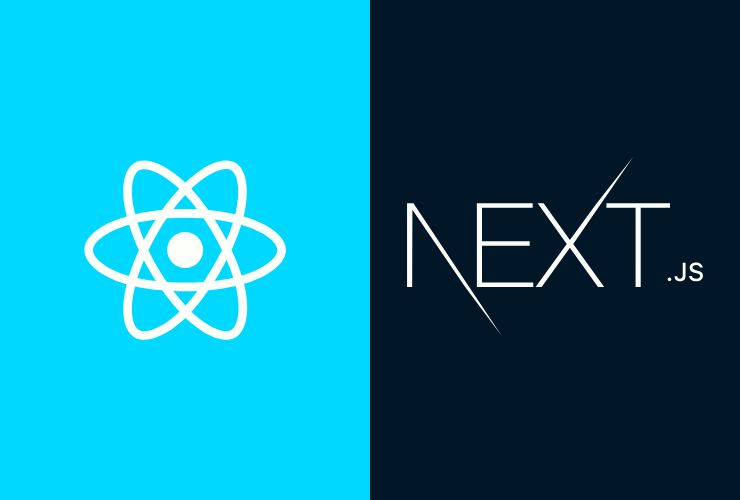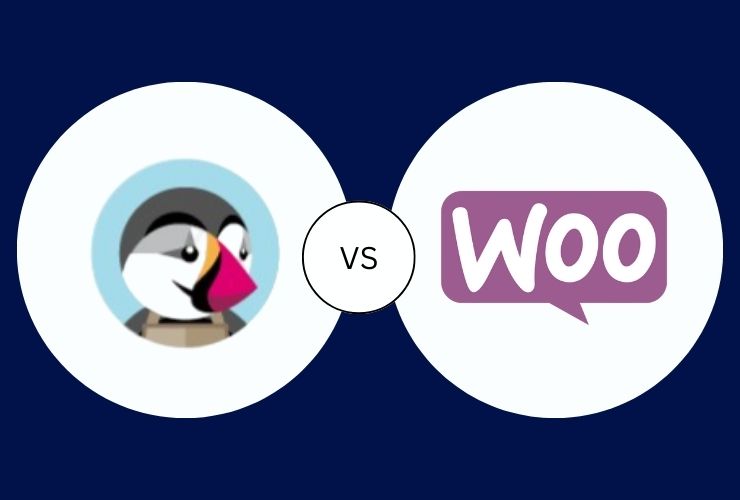In the world of web development, where the pace is frenetic, selection of the appropriate tools becomes instrumental in the success of your project. Among the most used for developing web applications today are React and Next.js. Though highly comparable to each other, with Next.js built on top of React, they both have different features appropriate for varying applications. Learning about them will enable you to make an educated choice of which one will best suit your project needs.
Sure! Here’s the revised version with the passive voice removed:
Developers worldwide highly favor both React and Next.js, and each offers unique strengths. React excels at building dynamic user interfaces, while Next.js introduces server-side rendering and other premium features that streamline the development of performance-critical web applications.
Here, we will be comparing React and Next.js, their features, pros, and cons, so that you can make a decision on which is ideal for your next web development project.
What is React?
Sure! Here’s the revised version with the passive voice removed:
Facebook developed and published React as a JavaScript library for constructing user interfaces, especially for single-page applications (SPAs). React enables developers to create reusable UI components, making it a great choice for complex applications that require modularity and maintainability.It is optimal in the area of how adaptable it is and how easy it is to utilize in constructing dynamic and interactive programs.
Strengths of React:
Lightweight and Flexible: React is a lightweight library that only concerns itself with the view layer. This allows developers to have full control over the rest of their application, including routing and state management, through third-party libraries where necessary.
Reusable Components: React is based on a component architecture, so individual components can be reused across different sections of the application, ensuring consistency and efficiency.
Vibrant Ecosystem: React has a huge and vibrant community, and therefore there is plenty of documentation, third-party libraries, and tools available to assist the developer.
Great for Client-Side Rendering: React is particularly well-suited for developing applications that are based on dynamic content rendered on the client side.
Disadvantages of React:
No Built-in Routing: Unlike some previous frameworks such as Next.js, there is no intrinsic routing built directly into React. Third-party plugins such as React Router must be used by developers to enable navigating.
Manual SSR/SSG Configuration: In contrast to some other well-used frameworks, server-side rendering (SSR) and static site generation (SSG) isn’t native in React, or it might take a manual setup or third-party solution to enable.
What is Next.js
Next.js is an open-source full-stack React framework developed and supported by Vercel. It elevates the capabilities of React to the next level by incorporating built-in features such as server-side rendering (SSR), static site generation (SSG), file-based routing, and automatic code splitting. These are some of the features that make Next.js an ideal option for building production apps, especially those requiring SEO optimization, high performance, and scalability.
Benefits of Next.js
Integrated Routing: Next.js uses file routing, i.e., no routes need to be defined. The project’s file system structure automatically takes care of routes, which is quicker and easier to achieve.
Server-Side Rendering and Static Site Generation: Next.js natively supports SSR and SSG, which also makes it the ideal choice to build SEO-friendly applications that dominate search engine listings.
Automatic Code Splitting: Next.js splits your code automatically, so users only download the JavaScript required to load the page they are on. This creates faster loads and better performance.
SEO Optimization:
Sure! Here’s the revised version with the passive voice removed:
“With SSR and SSG: Next.js helps search engines crawl and index your content more thoroughly, which improves SEO performance compared to React’s client-side rendering.
Optimized for Production: Next.js includes several production-optimized features, including image optimization, incremental static generation (ISR), and automatic static optimization.
Drawbacks of Next.js:
More Opinionated: Next.js is a full-stack framework that includes more predefined configurations and rules than React. Although this helps most developers, other developers find it less flexible when they want more control over the project structure.
Milder Steeper Learning Curve: Since Next.js has a great deal of functionality built in, there is a learning curve, particularly for developers familiar with React’s leaner, more modular approach to things.
When to Use React
React is an excellent choice when:
- You want complete control over the structure of your application: React gives developers choices and a way of creating their own tools, like routing, state management, and data fetching.
- You’re creating a high-end, client-focused app: React is great at creating dynamic SPAs’ UIs, so it’s perfectly applicable for apps that aren’t SEO dependent.
- You need flexibility: React is very flexible, and the developers are free to shape it any way they want for any project, using third-party libraries to do almost everything.
When to Use Next.js
Next.js is ideal when
- You need SEO optimization out of the box: Next.js is SEO-friendly with SSR and SSG, so it’s perfect for sites where search engine rankings are important, such as blogs, online stores, or marketing websites.
- Need a full-stack solution: Next.js provides you with all that you want to build a complete, production-grade app, such as routing, SSR/SSG, and performance optimization.
- You want to enjoy a streamlined development process: Next.js has many features already implemented, so it is easier to begin without having to install all from scratch.
Conclusion
Both React and Next.js are heavyweight web development solutions, but ultimately it’s a matter of your project’s requirements. React provides maximum flexibility and is most applicable to client-heavy SPAs. Next.js, on the other hand, is an opinionated framework that includes server-side rendering and static site generation as a feature by default, and it’s a great solution for performance-critical apps where SEO optimization is a concern.
If you have to do SEO optimization, server-side rendering, or static site generation, Next.js will be a better choice. But if you want more control and flexibility in creating your app’s structure, React is the option. Carefully consider what your project will do and need, then make your decision wisely and you’ll be good to go in creating a great web app.
Contact Us Today













 Database Development
Database Development












































